737
The places where you can eat (11 photos)
Not all the animals on this planet is aware of the fact that you are the top of the food chain, so when you visit these sites know that you are a very tasty dinner for these animals:
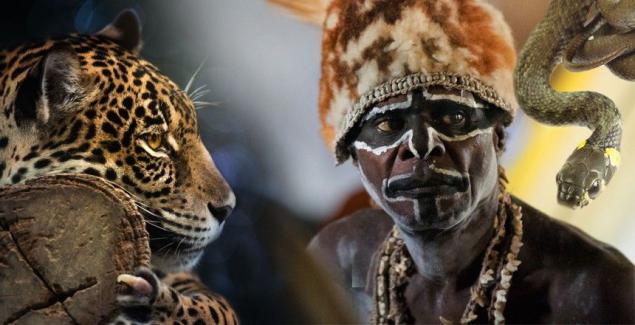
National Park "Manu", Peru
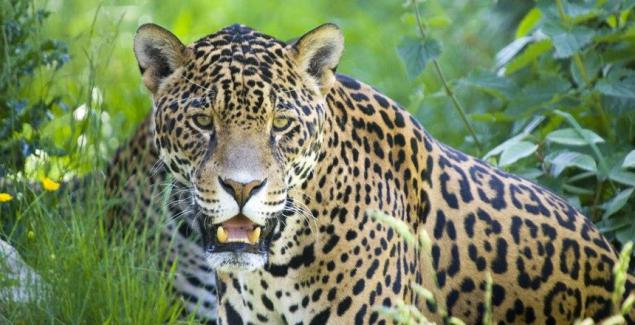
National Park "Manu", located on the eastern slopes of the Peruvian Andes, is an ideal habitat for the jaguar. Large predators in South America is quite comfortable in the thick tropical forests penetrated by small streams. Although the main prey of the jaguar - capybaras, it can attack and livestock. Interested predator and pesky tourists who in search of the big cats are taken deeper into the jungle. Jaguar hunts from an ambush on the tree or in the tall grass. In the attack on the victim, he usually jumps at her from behind or from the side, grabbing his neck, breaking the cervical vertebrae and sometimes biting through the skull. But if the ambush was found and the victim flees, Jaguar had never been pursued.
Mexico, Baja California
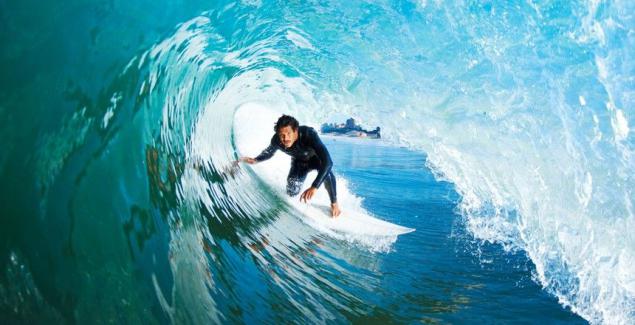
Coast of Baja California is a favorite habitat of the great white shark - one of the most dangerous creatures of the ocean. By coincidence, it's places like surfers and divers. So shark almost get dinner delivered to your door. Although attacks ended fatally, not so much injured by sharks in these waters is sufficient. But the chance of losing a limb is only fueling the curiosity of travelers who crave for adrenalin, and these parts will not be difficult to find a company that will organize your shark feeding and scuba dive in an iron cage.
National Park "Khao Sok" Thailand
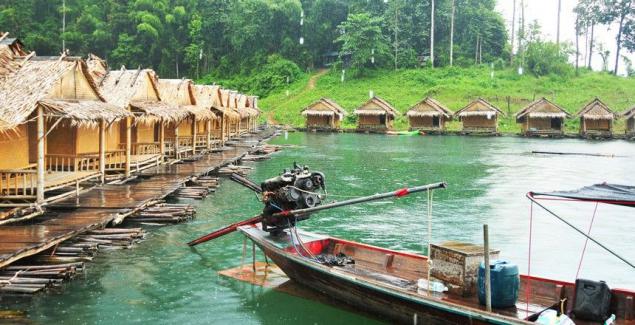
Do you want to learn how to quickly treat a snake bite, or better yet - how to avoid bites and actually meeting with a snake? Then you direct road to the national park "Khao Sok" in Thailand. Here you will learn about snakes, even more than we. The park is home to the world's largest population of the king cobra, which grows up to six meters in length and has a stock of poison is enough to kill an elephant. There is also home to many other reptiles, which kill hundreds a year of local residents. But the tour is almost no danger, of course, if you do not climb into the jungle without an experienced guide.
National Park "South Luangwa" Zambia

Although the reputation as the most ferocious animal has an African lion, a lot more people are killing hippos. In the year of their victims are 100-150 locals and a few tourists. Brings Europeans cartoon image of a hippopotamus as a being slow and good-natured. In fact, these animals are very aggressive, especially young ones, have impressive teeth to half a meter long and run twice as fast as a person. Hippos easily overturn boats, but they are especially dangerous at night, when they go to shore to feed.
Lake Baikal, Russia
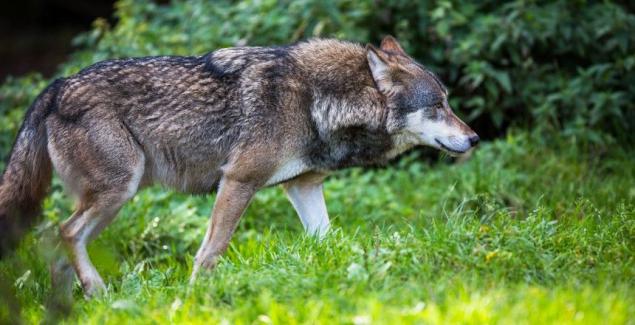
Baikal - one of the last regions where you can see live wild wolf, the fear that we have laid in on the genetic level. And though the brutal attack on a man died when entire villages were far in the past, the wolf is a very dangerous animal, a meeting which alone does not bode well. Besides the wolf, the forests in the Baikal is not so easy to meet and lynx, and brown bear. If you ever wanted to look into the eyes of a predator in Irkutsk, there are many tour companies, you are ready to organize this meeting.
National Park "Kakadu", Australia
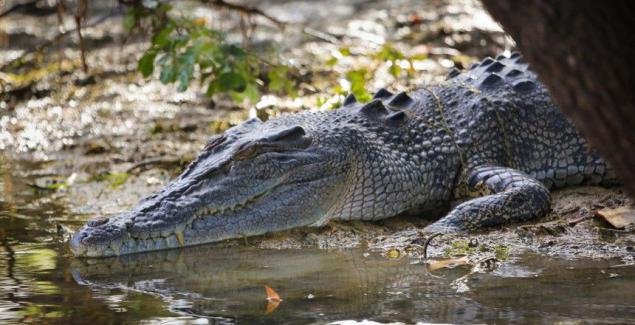
The most ferocious predator of Australia remains a crocodile, every year on average, it kills one person and a few of his fault maimed. Basically its victims are fishermen, but face it, you can almost any body of water north coast. Maximum chances of encountering crocodiles - among the visitors of the National Park "Kakadu", home to the oldest and most ferocious predators. Best time to visit - July-August, when the cold-blooded reptiles are most of the time soaking up the sun. Booked into a local restaurant steak crocodile, you can get a visual confirmation that the person is really the top of the food chain.
The plains of the Serengeti, Tanzania

In contrast to the rest of the world, where the number of attacks of wild animals has been steadily declining, Tanzania, on the contrary, it is losing more and more people in a clash with the Lions. More than 600 local farmers and herdsmen were killed in the last 20 years. However, the best place for a close acquaintance with the lions than the plains of the Serengeti, it is difficult to come up, so the number of travelers attracted by the spectacle of a bloody feast predators is growing every year. Fortunately, tourists are protected from attacks by the local population is much better, however, and they do not relax and ignore the warnings of local guides.
Churchill, Canada
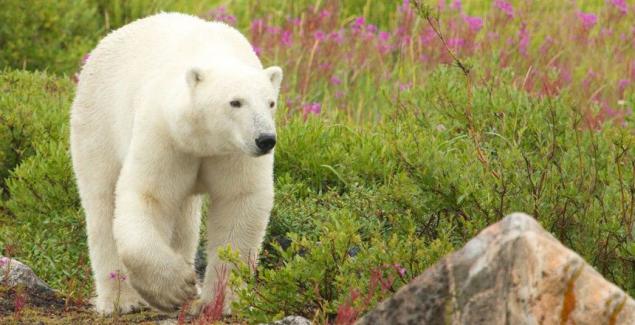
Every fall in the Canadian town of Churchill, Manitoba is filled with tourists who want a closer look at the migration of the largest land predator - the polar bear. To deal with a person for a 600-pound predator - a piece of cake, so the city is surrounded by special traps. A date with wildlife travelers go on a giant wheel-drive buses, is well protect tourists from the gastronomic interest in bears, and get into the bear's paw can only own stupidity.
National Park "Ranthambhor" India
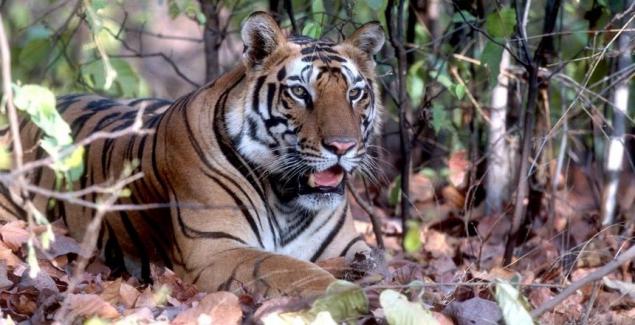
Accurate statistics no leads, but in India, Nepal and Bangladesh each year hundreds of people attacked the tigers, and who lived at the beginning of the last century champvatsky man-eating tiger set a record, killing more than 430 people. At the same time, thanks to this beautiful animal poachers in India has become a rarity, but it can still be found in the national park "Ranthambhor." Tiger is difficult to hide in sparse deciduous forests of the reserve, and therefore the most successful trip for the dry winter months - bright colors stand out against the beast of dried bushes.
National Park "Komodo" Indonesia
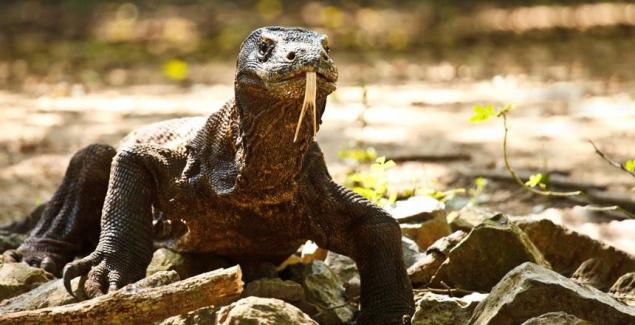
Komodo less dangerous to humans than sharks or crocodiles, yet know enough cases of attacks on people have been fatal. Although huge reptile weight as an adult man looks slow, it runs fast enough to catch up with the man and hurt him with his razor-sharp, teeth. The bite is deadly Komodo dragon. In addition to the poison in the wound gets even more than fifty species of pathogenic bacteria, and, according to statistics, without medical intervention likely to die from the bites of almost 100 percent. Even if you come to see the Komodo dragons, the night on the island itself is not recommended.

National Park "Manu", Peru

National Park "Manu", located on the eastern slopes of the Peruvian Andes, is an ideal habitat for the jaguar. Large predators in South America is quite comfortable in the thick tropical forests penetrated by small streams. Although the main prey of the jaguar - capybaras, it can attack and livestock. Interested predator and pesky tourists who in search of the big cats are taken deeper into the jungle. Jaguar hunts from an ambush on the tree or in the tall grass. In the attack on the victim, he usually jumps at her from behind or from the side, grabbing his neck, breaking the cervical vertebrae and sometimes biting through the skull. But if the ambush was found and the victim flees, Jaguar had never been pursued.
Mexico, Baja California

Coast of Baja California is a favorite habitat of the great white shark - one of the most dangerous creatures of the ocean. By coincidence, it's places like surfers and divers. So shark almost get dinner delivered to your door. Although attacks ended fatally, not so much injured by sharks in these waters is sufficient. But the chance of losing a limb is only fueling the curiosity of travelers who crave for adrenalin, and these parts will not be difficult to find a company that will organize your shark feeding and scuba dive in an iron cage.
National Park "Khao Sok" Thailand

Do you want to learn how to quickly treat a snake bite, or better yet - how to avoid bites and actually meeting with a snake? Then you direct road to the national park "Khao Sok" in Thailand. Here you will learn about snakes, even more than we. The park is home to the world's largest population of the king cobra, which grows up to six meters in length and has a stock of poison is enough to kill an elephant. There is also home to many other reptiles, which kill hundreds a year of local residents. But the tour is almost no danger, of course, if you do not climb into the jungle without an experienced guide.
National Park "South Luangwa" Zambia

Although the reputation as the most ferocious animal has an African lion, a lot more people are killing hippos. In the year of their victims are 100-150 locals and a few tourists. Brings Europeans cartoon image of a hippopotamus as a being slow and good-natured. In fact, these animals are very aggressive, especially young ones, have impressive teeth to half a meter long and run twice as fast as a person. Hippos easily overturn boats, but they are especially dangerous at night, when they go to shore to feed.
Lake Baikal, Russia

Baikal - one of the last regions where you can see live wild wolf, the fear that we have laid in on the genetic level. And though the brutal attack on a man died when entire villages were far in the past, the wolf is a very dangerous animal, a meeting which alone does not bode well. Besides the wolf, the forests in the Baikal is not so easy to meet and lynx, and brown bear. If you ever wanted to look into the eyes of a predator in Irkutsk, there are many tour companies, you are ready to organize this meeting.
National Park "Kakadu", Australia

The most ferocious predator of Australia remains a crocodile, every year on average, it kills one person and a few of his fault maimed. Basically its victims are fishermen, but face it, you can almost any body of water north coast. Maximum chances of encountering crocodiles - among the visitors of the National Park "Kakadu", home to the oldest and most ferocious predators. Best time to visit - July-August, when the cold-blooded reptiles are most of the time soaking up the sun. Booked into a local restaurant steak crocodile, you can get a visual confirmation that the person is really the top of the food chain.
The plains of the Serengeti, Tanzania

In contrast to the rest of the world, where the number of attacks of wild animals has been steadily declining, Tanzania, on the contrary, it is losing more and more people in a clash with the Lions. More than 600 local farmers and herdsmen were killed in the last 20 years. However, the best place for a close acquaintance with the lions than the plains of the Serengeti, it is difficult to come up, so the number of travelers attracted by the spectacle of a bloody feast predators is growing every year. Fortunately, tourists are protected from attacks by the local population is much better, however, and they do not relax and ignore the warnings of local guides.
Churchill, Canada

Every fall in the Canadian town of Churchill, Manitoba is filled with tourists who want a closer look at the migration of the largest land predator - the polar bear. To deal with a person for a 600-pound predator - a piece of cake, so the city is surrounded by special traps. A date with wildlife travelers go on a giant wheel-drive buses, is well protect tourists from the gastronomic interest in bears, and get into the bear's paw can only own stupidity.
National Park "Ranthambhor" India

Accurate statistics no leads, but in India, Nepal and Bangladesh each year hundreds of people attacked the tigers, and who lived at the beginning of the last century champvatsky man-eating tiger set a record, killing more than 430 people. At the same time, thanks to this beautiful animal poachers in India has become a rarity, but it can still be found in the national park "Ranthambhor." Tiger is difficult to hide in sparse deciduous forests of the reserve, and therefore the most successful trip for the dry winter months - bright colors stand out against the beast of dried bushes.
National Park "Komodo" Indonesia

Komodo less dangerous to humans than sharks or crocodiles, yet know enough cases of attacks on people have been fatal. Although huge reptile weight as an adult man looks slow, it runs fast enough to catch up with the man and hurt him with his razor-sharp, teeth. The bite is deadly Komodo dragon. In addition to the poison in the wound gets even more than fifty species of pathogenic bacteria, and, according to statistics, without medical intervention likely to die from the bites of almost 100 percent. Even if you come to see the Komodo dragons, the night on the island itself is not recommended.
























